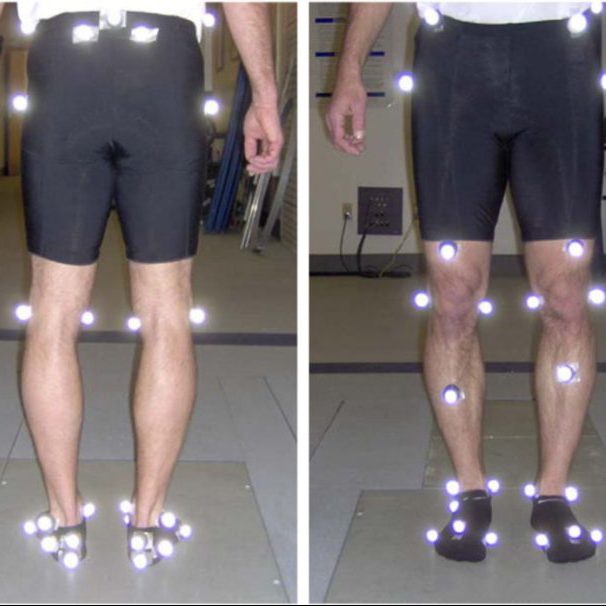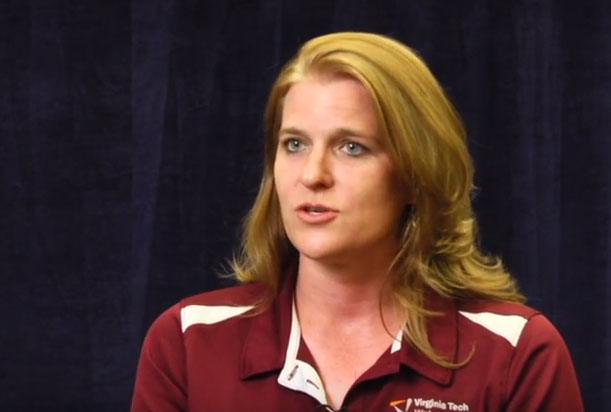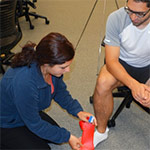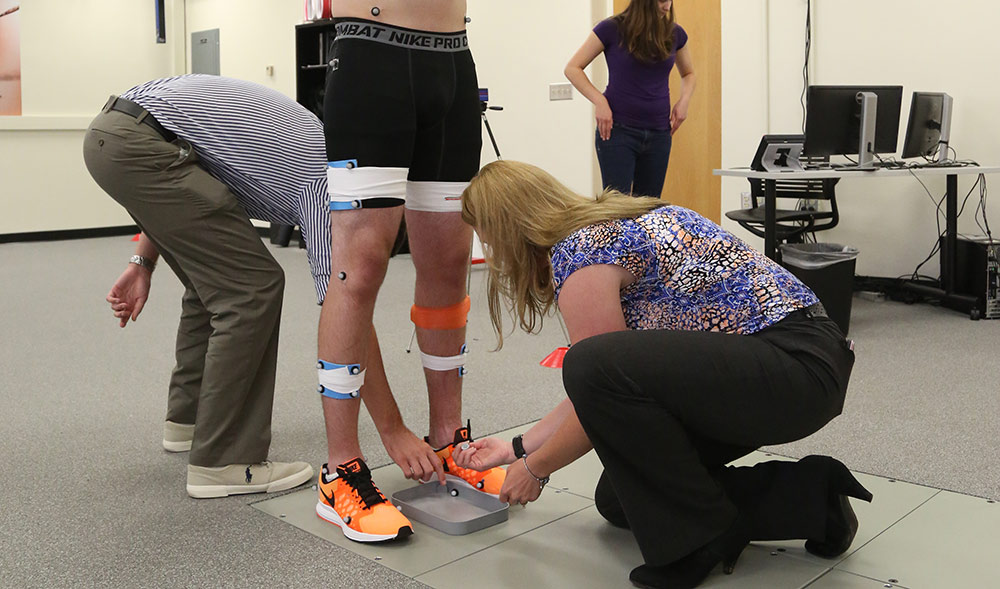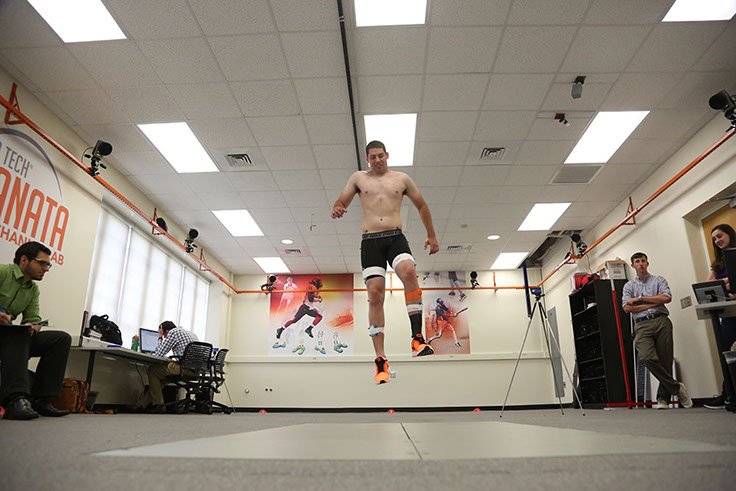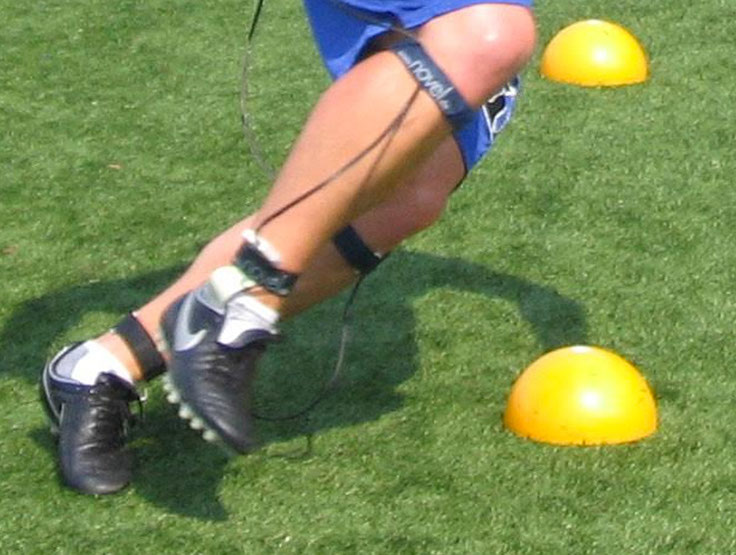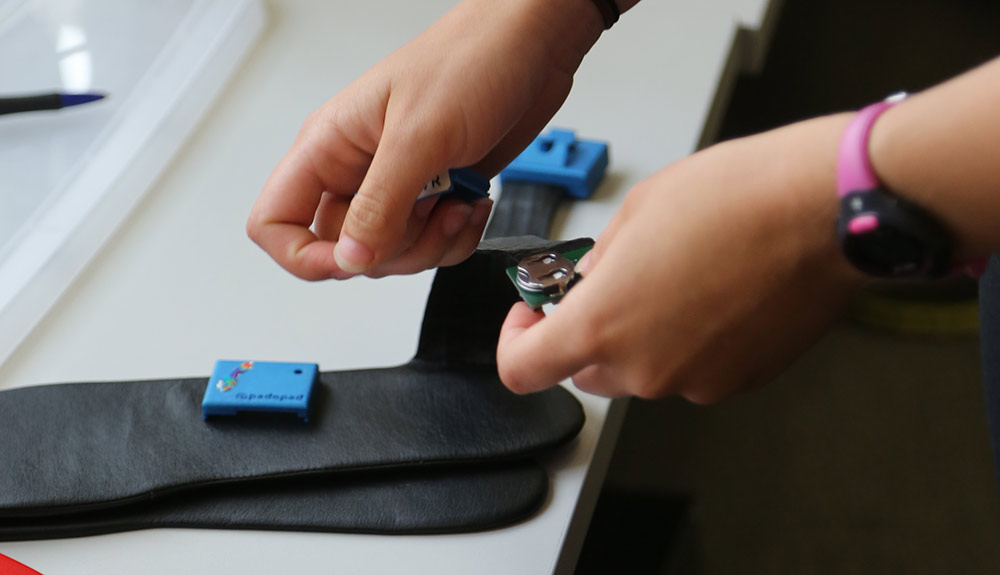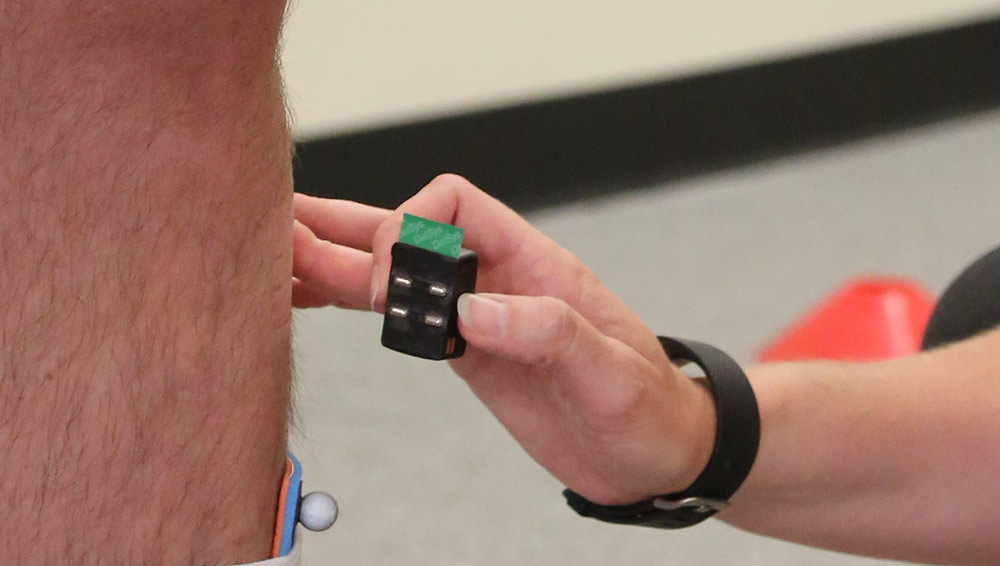Podcast: Correlation of Physical Performance and Patient-Reported Outcomes Following Total Ankle Arthroplasty
Functional recovery following total ankle arthroplasty (TAA) is assessed with patient-reportedmetrics, but physical performance tests may allow for a more accurate assessment of patientfunction. We quantified correlations between patient-reported measures and physicalperformance tests in patients after TAA to determine the usefulness of physical performancetests in post-TAA assessment.
The lack of strong correlations between the 2 sets of metrics indicates that they provide different information about a patient’s recovery following TAA. Therefore, it is important to include both sets of metrics in post-TAA assessments to better understand operative success and functional recovery.

